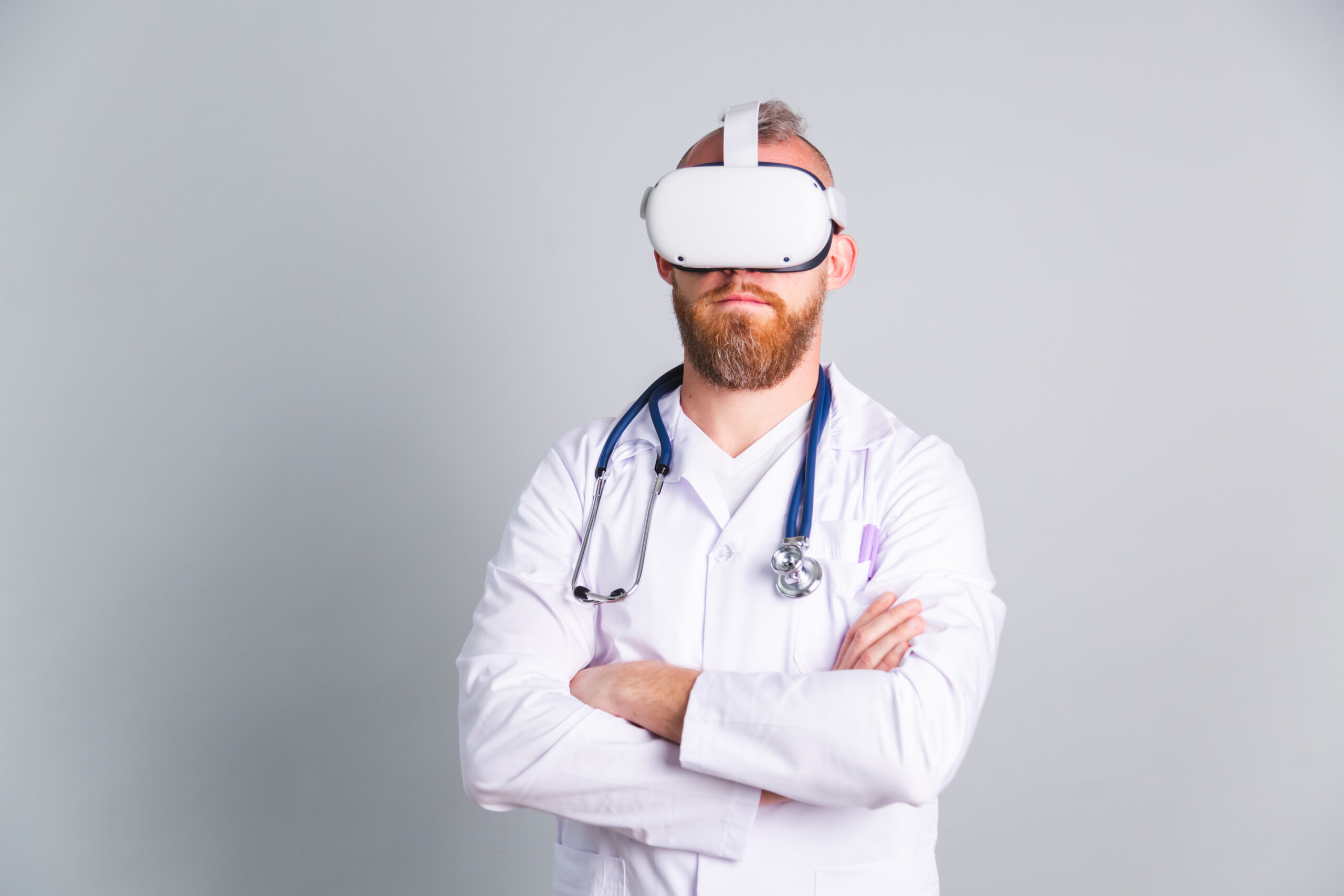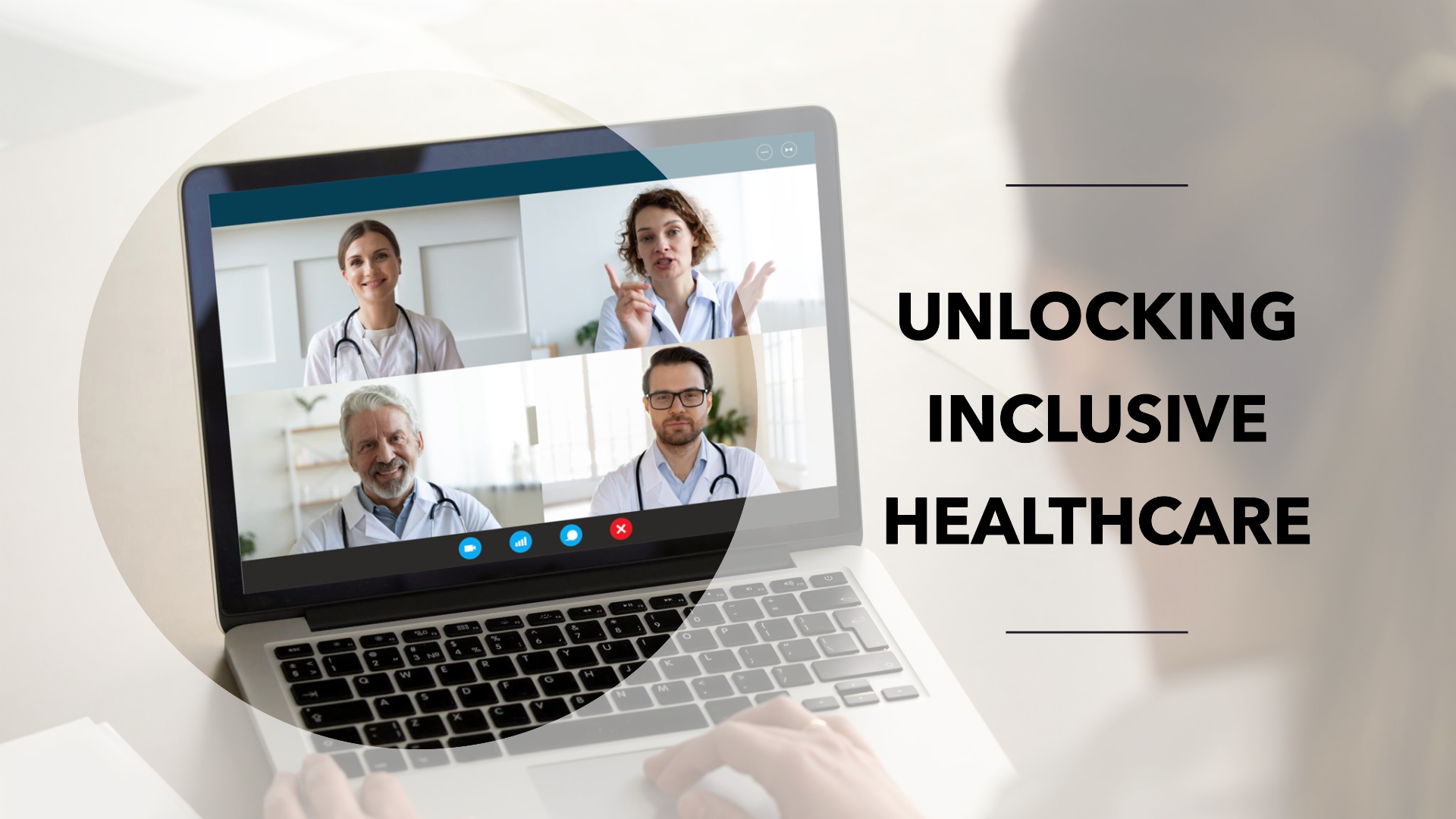The future of virtual reality VR in healthcare is bright. It’s already being used to help children with autism, postnatal depression and anxiety, and even to help patients with strokes recover. There are still many unanswered questions about how to use it effectively, but one thing is clear: virtual reality has a lot of potential for helping people cope with their illnesses or injuries.
In this article I’m going to talk about:
- What is Virtual Reality and VR in healthcare?
- How is VR being used in healthcare?
- What are the benefits of VR in healthcare?
- How can VR be improved for use in healthcare?
- What are the challenges of VR in healthcare?
- What is the future of VR in healthcare?
- Conclusion
What is Virtual Reality and VR in healthcare?
Virtual Reality (VR) is a technology that allows users to experience virtual spaces. The main advantages are that the user is no longer confined to one location and can be in any environment, allowing for a more immersive experience. VR in healthcare has come on leaps and bounds over the past couple of years, and has even been featured in film and television, as well as ads for products such as prescription glasses.
The technology itself is relatively new, but there are several benefits to using this technology today. One of the most important advantages is that it reduces pain associated with physical therapy; another key advantage is its ability to allow a user to interact with an avatar while performing exercises in a virtual environment, which improves muscle control.
There are some potential applications of VR in healthcare, including: training clinicians; enhancing patient care; helping patients overcome fear of undergoing physical therapy; and improving patient education through simulation exercises.
One of the biggest problems in healthcare right now is that patients are not able to fully engage in care because they feel scared or anxious about undergoing physical therapy for their injury or illness. This article by Technology Review talks about how VR could help improve patient engagement using an avatar made of soft foam that mimics the shape of a patient’s body. It also discusses how VR could be used to train health care professionals on how to better interact with their patients and create a positive therapeutic environment for them during treatment sessions.
How is VR being used in healthcare?
VR and other immersive technologies are being used in a variety of ways in healthcare. They have the potential to improve patient education, training and other aspects of care.
The use of VR in healthcare is not limited to professional training, though. Many patients have reported that they have enjoyed using virtual reality. This is because it allows them to experience a more realistic environment with more interesting sensations than what they’re used to.
Virtual reality is also being used as an educational tool, especially among younger audiences. For example, a large number of children are learning about their illness through VR. This has the potential to increase knowledge and awareness among young people who may otherwise be less interested in the topic or less likely to seek help for their condition due to embarrassment or lack of social support when it comes to dealing with it.
In addition to these uses of VR in healthcare, this technique can also be adapted for education purposes. Many students at universities around the world have been using virtual reality technology as an educational tool within their courses and labs (an example can be found here).
What are the benefits of VR in healthcare?
Virtual reality is a new technology that allows users to experience an object or place virtually, while they are actually there. This immersive technology is used in many different applications such as medicine, education, and entertainment.
The healthcare industry is one of the earliest adopters of VR.
Researchers at the University of California San Francisco (UCSF) have recently shown that virtual reality can be used in clinical settings to train medical staff on how to perform various tasks.
This led to the creation of two new VR training programs for clinical training staff at UCSF. The first program “aims to improve the accuracy and efficiency of patient care by teaching health care providers how to diagnose patients using virtual reality.” The second program trains students in “medical imaging using virtual reality” which includes “the ability to safely examine patients and perform MRI-guided micro-CT imaging” . These programs bring a new dimension into training medical professionals and assist them in improving their skills and knowledge within a common, familiar environment.
How can VR be improved for use in healthcare?
Virtual reality is a technology that allows you to ‘be there’, or virtually, in a certain space. It can be used for various purposes such as: physiotherapy, rehabilitation, simulation for training and learning. Or, it can be used to enhance treatments and treatments. In the field of healthcare, virtual reality can help train clinicians to be more patient-centered and empathetic towards patients.
As the technology develops, we will see it become a more common tool in medicine. This will be helpful in many ways; the most obvious one being that it would help clinicians better care for patients and provide them with greater empathy towards them.
What are the challenges of VR in healthcare?
Virtual reality is one of the most exciting phenomena in all of technology. It’s a new way for everyone to learn and experience things that we take for granted every single day. Big or small, simple or complex, no matter what you want to learn, you can now do it on your own terms and in your own style.
In this regard, virtual reality is a great tool for training clinicians. In fact, some experts believe that this form of training will become more important than traditional hands-on training methods. They believe that VR offers a completely different way to learn and practice human relationships, how patients interact with the physicians they see, and how they communicate with each other while they are working in the same room.
Virtual reality also helps with learning how to better communicate with patients and their families by offering them “a 360 degree view” of the experience. This allows them to connect with their family members and understand the context of what’s happening in their lives on an intimate level.
The use of VR in healthcare is still relatively new, but it has already shown promise as a tool for training clinicians. In fact, some experts believe that this form of training will become more important than traditional hands-on training methods such as lectures and case studies . One study showed that virtual reality therapy helped reduce stress levels during treatment by 50% . Others have shown promising results when using VR during physical therapy .
As time goes on however, we will likely see more use cases outside of healthcare – including gaming , education , legal studies , etc – so it remains to be seen what impact VR will have on such industries over time.
What is the future of VR in healthcare?
Virtual Reality (VR) is here to stay. However, it is currently limited by the technology that is needed to make it work properly. For example, when a video game is made for VR, the graphics and graphics quality need to be very high. The viewer has to be able to see the object being viewed as well as interact with it (besides being able to see it as a 3D model). This can be achieved by using special glasses that can wrap around your eyes and create a virtual reality experience. But this adds more cost and complexity.
On the other hand, some companies are working on new ways of creating VR experiences – ones that do not require special glasses or expensive equipment. These are being created using low-end hardware such as smartphones and have a lower resolution than traditional high-end VR systems – but they offer much greater quality (see what I mean above in terms of graphics). Even so, they cannot replicate the higher fidelity that you get watching movies in a theater or viewing real world objects directly from one’s smartphone.
This brings up another point: The key differentiator between virtual reality and other forms of advanced training is that VR has no limit on what you can do with it. You can walk around an office building in a video game and experience complete immersion once you exit the building and move into another area where you can walk around freely without any obstructions; you can experience flight simulation in a way that would normally not be possible through virtual reality headsets; or you can experience what life looks like at a sub-millimeter level while driving your car on your smartphone. You will get closer than ever before to experiencing these things thanks to VR.
In addition, some experts believe that this form of training will become more important because there will be fewer limits on how you train – potentially allowing for more realistic learning outcomes as well as better client care/career development outcomes for professionals who are already trained in healthcare settings such as doctors, nurses, pharmacists etc..
Conclusion
Virtual reality is a type of immersive technology that allows users to experience the world around them through a computer screen. VR in healthcareis currently used for entertainment purposes. But it has a great potential for training and education, especially in healthcare. While virtual reality (VR) can be used in different ways, it is the immersive nature of it that makes it stand out from other forms of technology.
I was inspired to write this article after my conversation with Dr. Osama El-Hassan – Specialist, Health Informatics & Smart Health Department at Dubai Health Authority and Board Member at International Society for Telemedicine and e-Health. In this episode, we talked about workforce development in #digitalhealth . Dr. Osama also shared valuable insights about telemedicine , workforce development common global challenges, and the virtualization in healthcare.
Watch Episode #47 of Digital Health & Wearables Series:
Contact us for more relevant details. To find out more about how we can help you with your Digital Healthcare Transformation, Healthcare organizational growth, or Healthcare brand positioning, please get in touch via phone +44 (0) 203 3620421 or via e-mail: info@digitalsalutem.com





